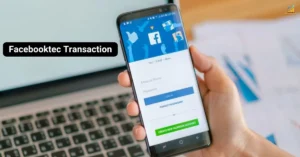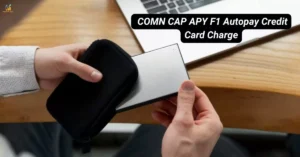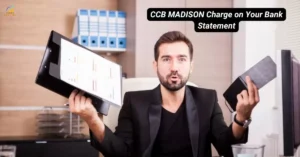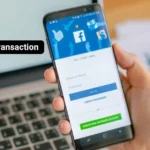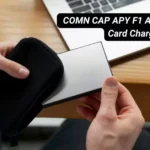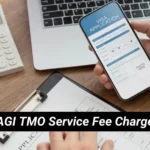Have you ever transfixed in amazement for a second from looking at the bank statement and saw an unexplained digital charge like “Int I”? Then you are not the only one who has ever experienced such baffling situations.
With every single thing becoming more organized within the internet environment, there are some obscure entries that would confuse even the most informed customers. Do not worry! We are going to understand this financial puzzle and enable you to master your own transactions.
Let’s explore what these Int I digital charges entail in relation to your bank account and tranquility.
What Exactly Is an Int I Digital Charge?
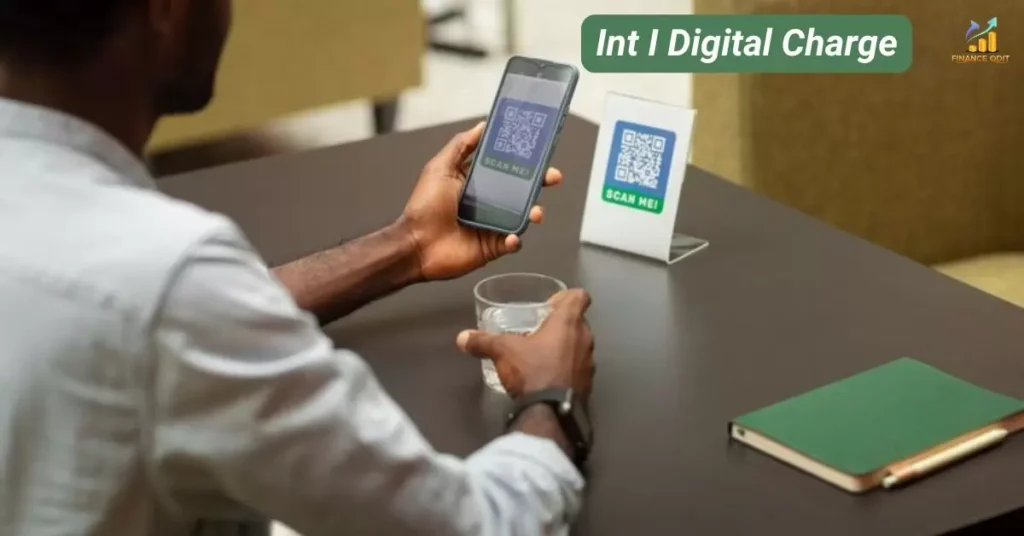
Before we dive deeper, let’s break down what “Int I digital charge” actually means.
“Int I” typically stands for “International Interchange.” This term refers to a fee that’s applied when you make a purchase or transaction that involves an international element. The “digital” part? That’s simply indicating that the transaction occurred online or through some form of electronic payment system.
These charges pop up for various reasons:
- Online purchases from foreign retailers
- Subscription services based overseas
- Digital content bought from international providers
- Currency conversion fees for cross-border transactions
Here’s the kicker: you might see an Int I digital charge even if you’re not consciously buying something from another country. In our interconnected digital economy, many services route payments through international channels, triggering these fees.
The Anatomy of an Int I Digital Charge
To truly understand these charges, let’s break them down further:
- International: The transaction crosses borders, even if only digitally.
- Interchange: This is a fee that banks charge each other to process transactions.
- Digital: The purchase or service is provided electronically.
Now, you might wonder, “Why am I seeing this charge if I didn’t buy anything internationally?” Good question! Sometimes, companies process payments through international gateways to save on fees or for other business reasons. This can result in an Int I digital charge on your statement, even for domestic purchases.
Read About: What Is ACHMA VISB Payment? A Complete Guide
Common Scenarios Where You’ll Encounter Int I Digital Charges

Let’s explore some everyday situations where you might run into these charges:
- Streaming Services: Your favorite movie platform might be based overseas.
- App Store Purchases: Many digital marketplaces process payments internationally.
- Online Gaming: In-game purchases often trigger these charges.
- Travel Bookings: Even domestic travel sites might use international payment processors.
- E-books and Digital Downloads: The seller could be based anywhere in the world.
“In the digital age, every transaction is potentially a global one.” – Anonymous Financial Advisor
The Impact on Your Wallet: Understanding the Costs
Int I digital charges aren’t typically huge, but they can add up. Here’s a breakdown of what you might expect:
| Transaction Type | Average Charge | |
| Small purchase (<$10) | $0.30 – $0.50 | |
| Medium purchase ($10-$100) | $1 – $3 | |
| Large purchase (>$100) | 1-3% of total |
Remember, these are averages. Actual charges can vary based on your bank, the merchant, and the specific transaction details.
Is That Int I Digital Charge Legitimate?
Now for the million-dollar question (or perhaps the $1.50 question): How do you know if an Int I digital charge is legit? Here are some red flags to watch for:
- Unfamiliar Merchant Names: If you don’t recognize the business, dig deeper.
- Unexpected Amounts: Charges that don’t match your purchase history warrant investigation.
- Multiple Charges: Repeated small charges could indicate fraudulent activity.
On the flip side, here are signs that the charge is probably legitimate:
- Recognizable Retailer: It matches a recent purchase you remember making.
- Expected Amount: The charge aligns with what you spent.
- Consistent Timing: It appears regularly for subscription services.
How to Spot an Int’l Digital Charge in the Wild
Spotting an Int’l digital charge on your bank statement is easier than you think. Look for words like “Int I” or “International” next to the amount. These charges often pop up when you buy stuff online from other countries. They can also appear for subscriptions to streaming services or apps based overseas.
Don’t worry if you see one – it’s usually normal. But if something looks off, like a charge you don’t remember, give your bank a call. They can help you figure out what’s going on and keep your money safe.
What to Do If You Don’t Recognize an Int I Digital Charge

Found a suspicious charge? Don’t panic! Follow these steps:
- Review Your Recent Purchases: Sometimes, merchant names on statements differ from brand names.
- Check Subscription Services: That forgotten trial might have turned into a paid subscription.
- Contact Your Bank: They can provide more details about the transaction.
- Dispute the Charge: If it’s truly unrecognized, initiate a dispute with your bank.
- Monitor Your Account: Keep a close eye on future statements for any patterns.
How does Int l digital charge appear?
These charges appear to be recurring payments to WW International, which is likely Weight Watchers. Let’s break this down:
- The charge name “WW Int’l-DIGITAL” suggests it’s for a digital service from Weight Watchers International.
- In fact, Weight Watchers customer service number is 800-221-2112.
- For subscription services, which can have varying fee brackets or infrequent pricing changes, it seems normal that the figures oscillate between $19.95 and $20.95.
- The repetition indicates this is probably a monthly subscription fee.
These charges may be related your digital membership if you are a member of Weight Watchers, but in case they don’t sound familiar to you or you aren’t a current member then it’s best to reach out either to Weight Watchers or your bank. Subscription review on regular basis is always advisable so that one doesn’t end up paying for things that are not necessary at all.
Read About: What Is ‘FID BKG SVC LLC’ Moneyline on Your Bank Statement? Explained!
Preventing Unwanted Int I Digital Charges
An ounce of prevention is worth a pound of cure. Here’s how to keep those unwanted charges at bay:
- Audit Your Subscriptions: Regularly review and cancel unused services.
- Use Virtual Cards: Many banks offer virtual card numbers for online shopping, adding a layer of security.
- Set Up Alerts: Configure your bank account to notify you of unusual activity.
- Read the Fine Print: Before signing up for services, check for potential international charges.
“The best defense against unexpected charges is a well-informed consumer.” – Consumer Protection Expert
Case Study: The Netflix Effect
Let’s look at a real-world example. Many users were surprised to find Int I digital charges associated with their Netflix subscriptions. Here’s what happened:
- Netflix processes payments through an international system.
- This triggered Int I digital charges for some users.
- The charges were small but consistent, often going unnoticed for months.
The Lesson: Even well-known, domestic services can lead to international charges. Always review your statements carefully.
Understanding Digital Transaction Codes
Int I digital charges are just one type of code you might see on your statement. Here’s a quick guide to some common ones:
- POS: Point of Sale (in-store purchases)
- ACH: Automated Clearing House (direct deposits or withdrawals)
- ATM: Automated Teller Machine withdrawals
- INT: Interest charges
- FEE: Various bank fees
Pro Tip: Most banks have a guide to transaction codes on their website. Bookmark it for easy reference!
The Future of Digital Charges: What to Expect
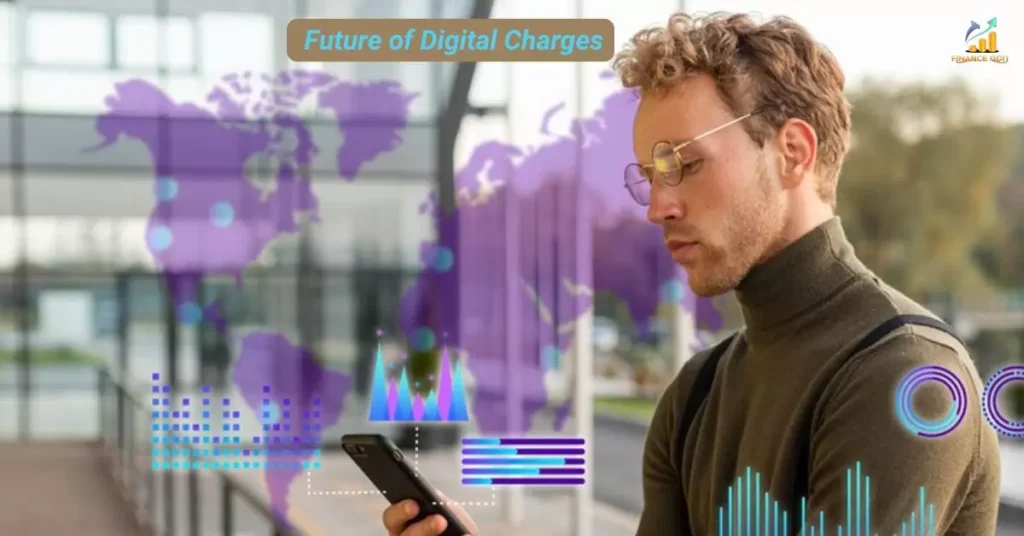
As we peer into the crystal ball of financial technology, here’s what we might see:
- Increased Transparency: Banks are working on clearer labeling for digital charges.
- Blockchain Integration: This could reduce international fees for some transactions.
- AI-Powered Monitoring: Smarter systems to detect and flag unusual charges.
- Unified Global Payment Systems: Potentially reducing the occurrence of Int I charges.
Empowering Yourself: Knowledge is Power
Understanding Int I digital charges is more than just decoding your bank statement. It’s about taking control of your financial life in a digital world. Here’s your action plan:
- Stay Informed: Regularly educate yourself on digital finance trends.
- Be Proactive: Don’t wait for surprises; review your statements regularly.
- Communicate: Don’t hesitate to ask your bank or merchants for clarification.
- Adapt: As payment systems evolve, be ready to adjust your habits.
Frequently Asked Questions
How can you spot a fake Int I digital charge on your bank statement?
Look for unfamiliar merchant names and unexpected amounts. Be wary of multiple small charges appearing in quick succession. If something doesn’t match your purchase history or seems off, contact your bank immediately to investigate.
Why might you see an Int I digital charge for a local purchase?
Many businesses use international payment processors to save on fees, even for local transactions. Additionally, online platforms you use daily might be based overseas, causing purchases to be processed internationally despite appearing local to you.
What steps can you take to avoid unexpected Int I digital charges?
Regularly audit your subscriptions and cancel unused ones. Use virtual cards for online shopping and set up alerts for unusual account activity. Always read the fine print before signing up for new services to check for potential international processing fees.
Final Thoughts
In wrapping up our deep dive into Int I digital charges, remember this: these small entries on your bank statement are windows into the complex, interconnected world of global finance. By understanding them, you’re not just decoding a mystery – you’re taking a significant step towards financial literacy in the digital age.
From streaming services to app purchases, international interchange fees are a reality of our connected economy. But armed with the knowledge from this guide, you’re now equipped to:
- Identify legitimate charges
- Spot potential fraud
- Manage your digital spending effectively
- Navigate the evolving landscape of online transactions
Remember, every charge tells a story. By learning to read these stories, you’re not just managing your money – you’re mastering the language of modern finance.
Your Next Steps:
- Review your last bank statement. Can you spot any Int I digital charges?
- Set up alerts for unusual activity on your accounts.
- Share this article with friends and family – spread financial literacy!
To remain updated in this fast evolving environment of digital finance is your most effective defense. Continuously acquire knowledge, be watchful constantly and manage the digital financial tracing of yours. After all, in the world of Int I digital charges, knowledge isn’t just power – it’s profit.

I am a professional finance blogger who simplifies complex financial topics, offering practical advice on personal finance and market trends. My blog helps readers make informed financial decisions with clear, accurate insights.

